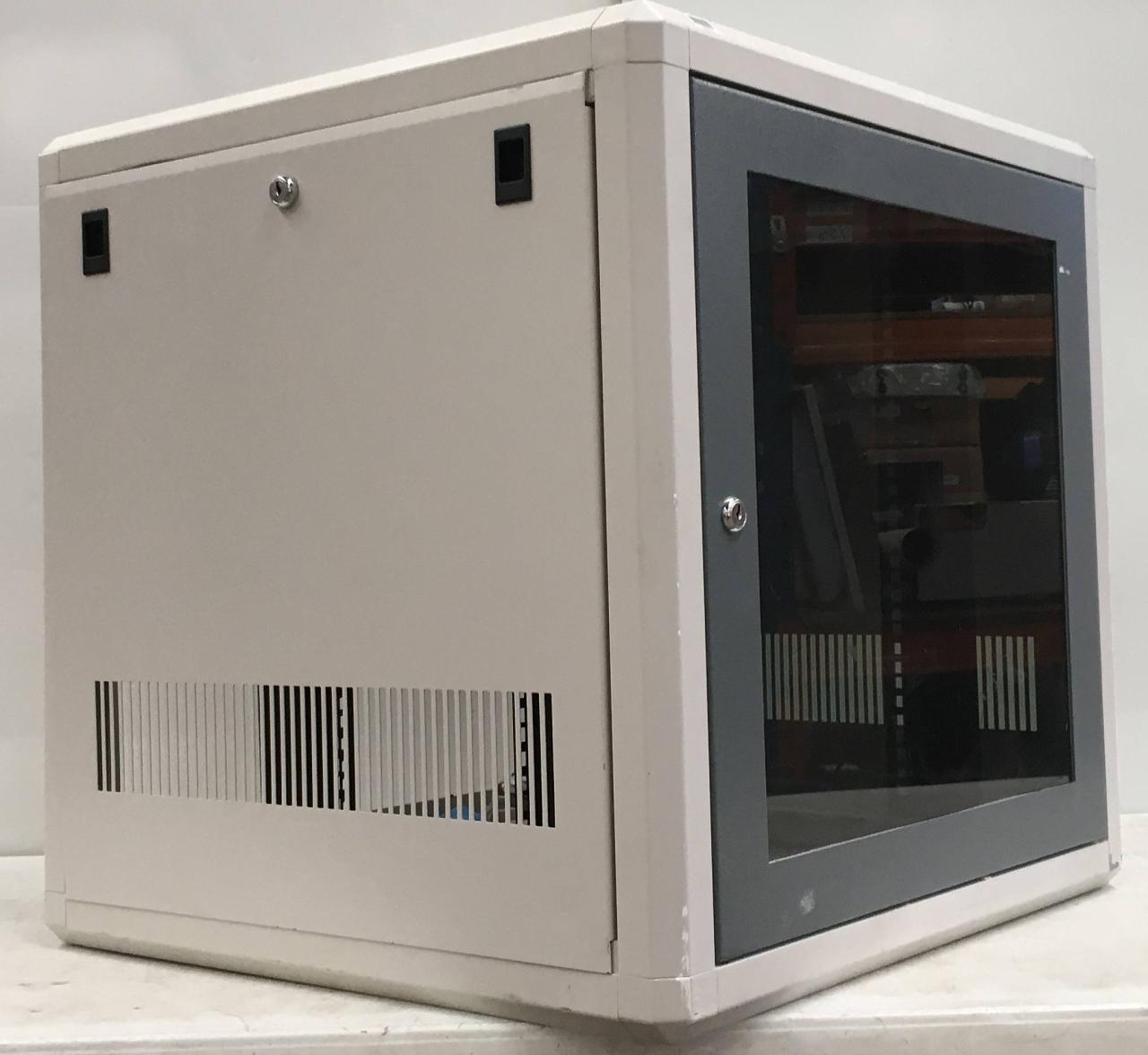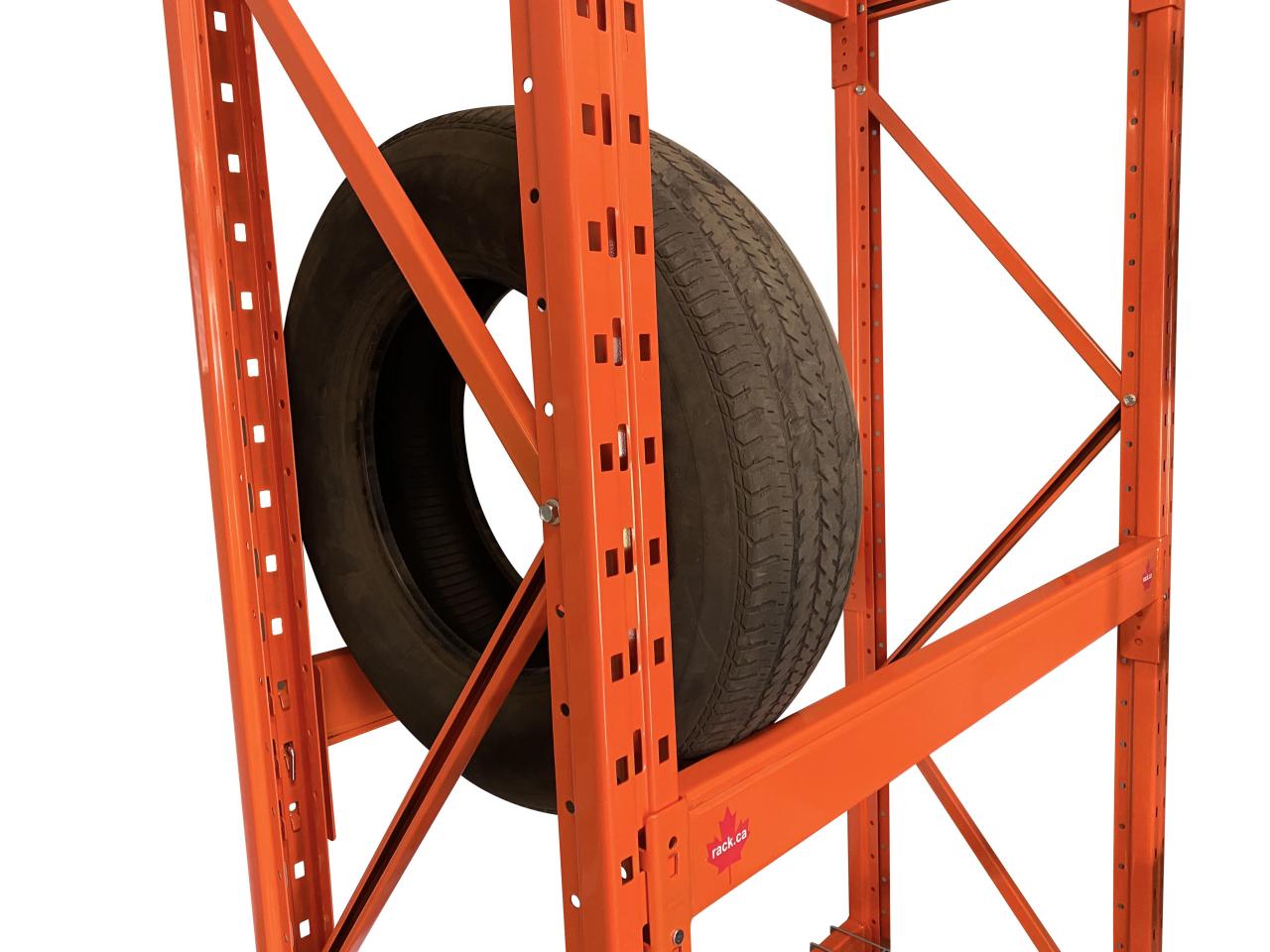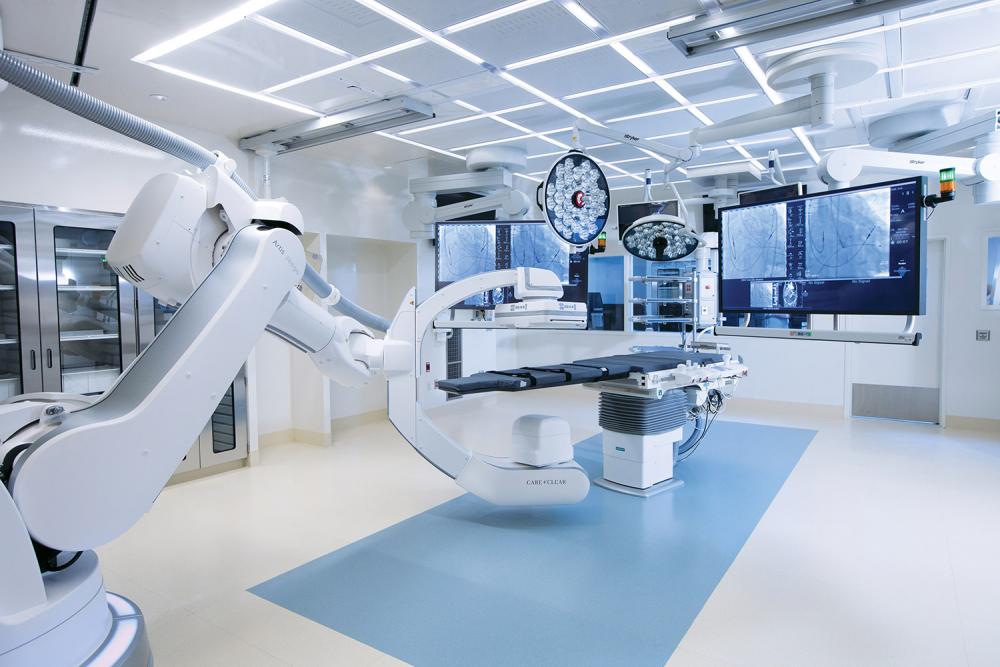Rack Technologies: Essential for Modern IT Infrastructure
Rack technologies are the backbone of modern data centers and IT infrastructure, providing a standardized and efficient way to house, manage, and scale critical equipment. From the traditional server racks […]

Rack technologies are the backbone of modern data centers and IT infrastructure, providing a standardized and efficient way to house, manage, and scale critical equipment. From the traditional server racks of the past to the modular, scalable systems of today, rack technologies have evolved to meet the ever-growing demands of businesses.
Rack technologies offer numerous advantages, including optimized space utilization, enhanced scalability, simplified management, and improved airflow for optimal performance. They provide a structured environment for servers, network devices, storage systems, and other essential components, ensuring efficient operation and easy access for maintenance and upgrades.
Types of Rack Technologies

Rack technologies are essential for organizing and managing IT equipment in data centers, server rooms, and network closets. They provide a standardized framework for mounting and connecting servers, network devices, and storage systems, ensuring efficient space utilization, improved airflow, and simplified cabling.
Server Racks
Server racks are designed specifically for housing servers, providing a robust and secure environment for critical IT infrastructure. They come in various configurations, each with its own advantages and disadvantages.
- Open Frame Racks: Open frame racks are the most basic type, offering a simple and cost-effective solution. They consist of a frame with vertical rails and horizontal mounting brackets, providing flexibility for mounting various equipment. Open frame racks are ideal for smaller deployments or situations where budget constraints are a concern. However, they offer limited protection from dust and environmental factors.
- Enclosed Racks: Enclosed racks provide a more secure and environmentally controlled environment for servers. They feature a solid enclosure with doors and side panels, offering protection from dust, unauthorized access, and temperature fluctuations. Enclosed racks are suitable for larger deployments and critical environments where security and environmental control are paramount. However, they are typically more expensive than open frame racks and can be more challenging to manage for cabling and airflow.
- Wall-Mount Racks: Wall-mount racks are ideal for space-constrained environments, offering a compact and efficient solution for mounting servers and network devices directly on a wall. They are typically smaller than floor-standing racks and offer limited capacity. However, they are a cost-effective and space-saving option for smaller deployments or home offices.
Popular Server Rack Manufacturers and Models:
* APC (American Power Conversion): NetShelter SX, NetShelter VX
* Dell: PowerEdge Racks
* HP: ProLiant Racks
* Lenovo: ThinkSystem Racks
* Schneider Electric: Server Racks
Network Racks
Network racks are specifically designed to house network equipment, such as switches, routers, firewalls, and other network devices. They provide a structured and organized environment for managing network infrastructure, facilitating efficient cabling and airflow.
- Cable Management: Effective cable management is crucial in network racks to prevent tangling, reduce clutter, and ensure optimal airflow. Network racks often include features like cable management arms, horizontal cable trays, and vertical cable organizers to facilitate neat and organized cabling.
- Airflow Optimization: Proper airflow is essential for maintaining optimal operating temperatures within network racks. Network racks typically feature ventilation holes and fans to ensure adequate airflow and prevent overheating of network devices.
Network Rack Configurations for Different Network Topologies:
* Star Topology: Network devices are connected to a central hub or switch, forming a star-like configuration. Network racks for star topologies typically have a central switch mounted at the top with cables radiating out to other devices.
* Bus Topology: Network devices are connected to a shared cable or bus. Network racks for bus topologies typically have devices mounted in a linear fashion along the rack with cables running along the back or side.
* Ring Topology: Network devices are connected in a closed loop. Network racks for ring topologies typically have devices mounted in a circular fashion with cables running around the rack.
Storage Racks, Rack technologies
Storage racks are designed to house storage devices, such as servers, storage arrays, and NAS devices. They provide a secure and scalable environment for managing data storage infrastructure.
- Weight Capacity: Storage racks need to have a high weight capacity to accommodate the weight of heavy storage devices.
- Ventilation: Adequate ventilation is crucial to prevent overheating of storage devices, which can lead to data loss.
- Security: Storage racks often feature locking doors and side panels to prevent unauthorized access to sensitive data.
Types of Storage Racks:
* Blade Servers: Blade servers are compact, high-performance servers that are housed in a shared enclosure called a blade chassis. Blade servers offer high density and efficiency, allowing multiple servers to be managed from a single point.
* SAN Storage Arrays: SAN (Storage Area Network) storage arrays are high-performance storage systems that provide block-level access to data. They are typically housed in specialized racks that offer high capacity, scalability, and redundancy.
* NAS Devices: NAS (Network Attached Storage) devices are file-based storage systems that provide network access to data. They are typically housed in compact racks and offer a cost-effective solution for file sharing and data backup.
Redundancy and Scalability in Storage Rack Configurations:
Redundancy and scalability are crucial considerations for storage rack configurations. Redundant components, such as power supplies and hard drives, ensure data availability in the event of a failure. Scalability allows for the expansion of storage capacity as data requirements grow.
Rack Design and Deployment
Rack design and deployment are crucial aspects of building and managing data centers, server rooms, and other IT infrastructure. Effective rack planning and installation ensure optimal performance, reliability, and scalability of your IT systems.
Planning and Design
Careful planning and design are essential for creating a rack configuration that meets your specific needs. A well-designed rack optimizes space utilization, airflow, and power distribution, leading to improved performance, reliability, and energy efficiency.
- Equipment Requirements: Determine the types and sizes of equipment you plan to install in the rack. This includes servers, switches, routers, storage devices, and other network components. Carefully consider the physical dimensions of each device, including its height (U), width, and depth.
- Power Needs: Calculate the power requirements for each piece of equipment and ensure that the rack has sufficient power capacity to support all devices. Consider the power consumption of each device and the total power draw of the rack.
- Airflow Optimization: Airflow management is critical for preventing overheating and ensuring optimal performance. Plan for adequate airflow paths, including intake and exhaust vents, to ensure proper cooling for all equipment.
A rack layout diagram is a valuable tool for planning and documenting your rack configuration. This diagram visually represents the placement of each piece of equipment in the rack, including its height, width, and depth. The diagram also shows the routing of cables and power cords, helping to ensure efficient and organized installation.
- Load Balancing: Distribute the weight of equipment evenly across the rack to prevent instability and potential damage.
- Cable Routing: Plan for organized and efficient cable routing to prevent clutter and ensure easy access for maintenance. Use cable management accessories, such as cable ties, straps, and trays, to keep cables organized and prevent tangling.
- Redundancy: Implement redundancy in critical components, such as power supplies and network connections, to ensure continuous operation in the event of a failure.
Deployment and Installation
Deployment and installation of rack-mounted equipment require careful planning and execution to ensure a safe and efficient process.
- Rack Preparation: Prepare the rack for installation by assembling the frame, installing casters or feet, and attaching any necessary accessories.
- Equipment Mounting: Mount equipment securely to the rack using appropriate mounting brackets or rails. Ensure that all screws are properly tightened and that the equipment is stable.
- Cable Connections: Connect power cords and network cables to the equipment. Label cables clearly to facilitate future maintenance.
- Testing and Configuration: Test all equipment to ensure that it is functioning properly and configure network settings.
Safety considerations are paramount during rack installation.
- Grounding: Proper grounding is essential to prevent electrical shocks and ensure the safety of personnel. Ensure that the rack and all equipment are properly grounded to prevent electrical hazards.
- Weight Capacity: Do not exceed the weight capacity of the rack. Check the rack’s specifications to determine the maximum weight it can support.
- Cable Management: Organize cables to prevent tripping hazards and ensure proper airflow. Use cable ties, straps, and trays to keep cables organized and prevent tangling.
- Tools and Techniques: Utilize appropriate tools for efficient rack installation, including screwdrivers, wrenches, cable cutters, and cable management accessories.
Maintenance and Monitoring
Regular maintenance and monitoring are essential for ensuring the long-term reliability and performance of your rack systems.
- Cleaning: Regularly clean the rack and equipment to remove dust and debris, which can impede airflow and cause overheating.
- Cable Management: Maintain organized cable routing to prevent clutter and ensure easy access for maintenance.
- Equipment Inspections: Regularly inspect equipment for signs of wear, damage, or malfunction.
- Tools and Techniques: Utilize monitoring tools, such as environmental sensors and network management systems, to track rack performance and environmental conditions.
Epilogue: Rack Technologies

As technology continues to advance, rack technologies will continue to play a crucial role in shaping the future of data centers and IT infrastructure. With innovations in modularity, cloud-based management, and sustainability, rack technologies are poised to meet the challenges of a rapidly evolving digital landscape.
Rack technologies have become a cornerstone of modern data centers, offering efficient space utilization and streamlined management. Companies like pg drives technology ltd are leading the charge in this domain, providing cutting-edge rack solutions that optimize airflow, power distribution, and overall system performance.
By leveraging the latest rack technologies, businesses can achieve greater scalability, reliability, and energy efficiency, paving the way for a future of high-performance computing.





